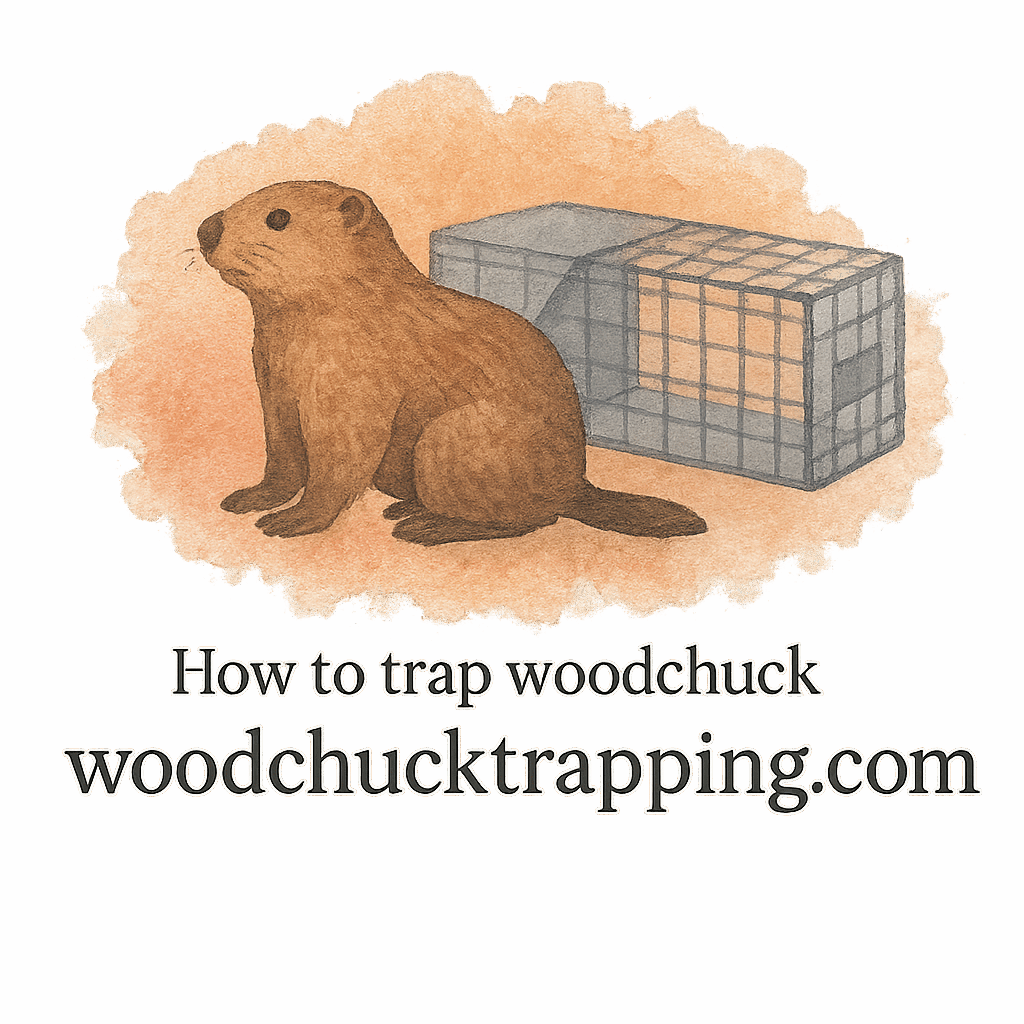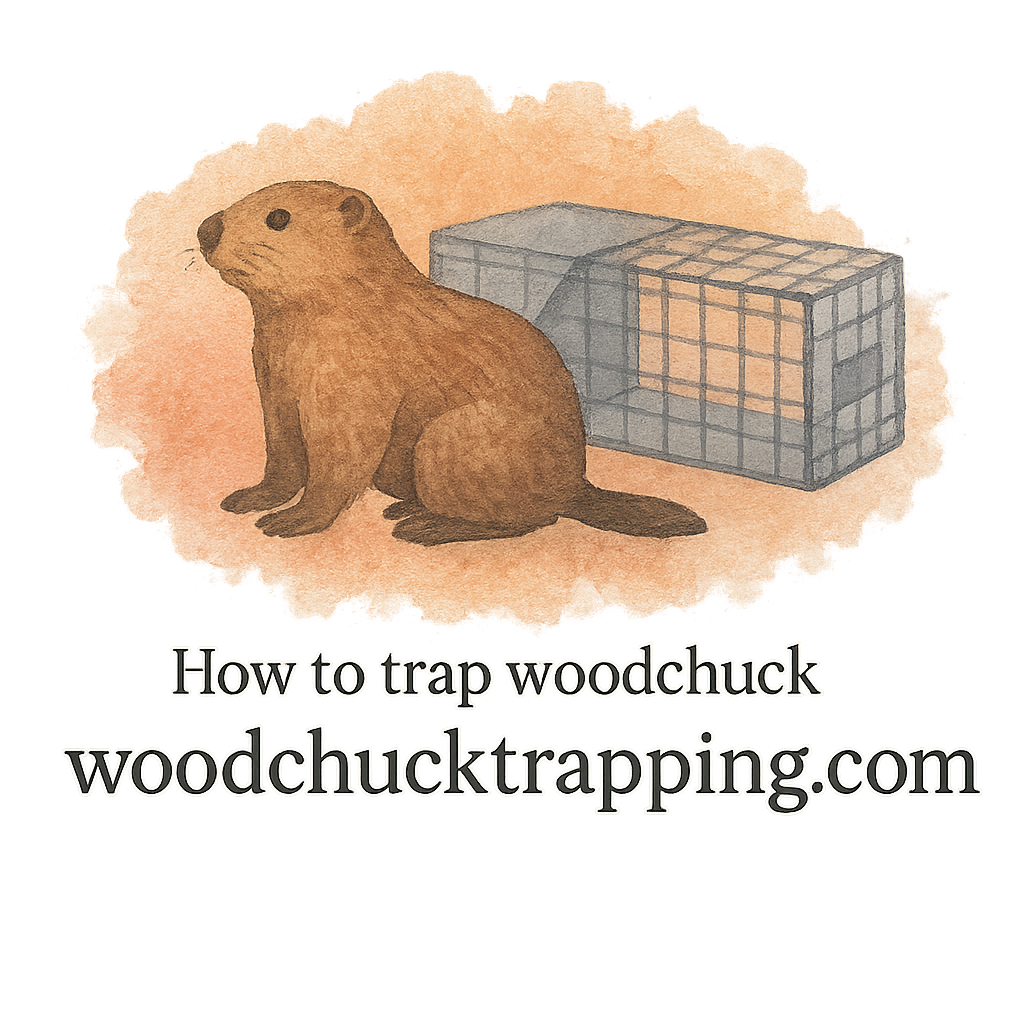Introduction
Have you noticed suspicious holes in your backyard? Or maybe your vegetable patch looks like a buffet line for freeloaders? If so, you may have an uninvited guest—yes, the notorious woodchuck. These furry creatures might look harmless, but they can wreak havoc on your garden faster than you think. In this guide, we’ll explore 9 signs you need woodchuck trapping techniques in your garden, along with practical tips to manage and prevent further damage.
Why Woodchucks Are a Problem for Homeowners
Before jumping into the signs, let’s first understand why woodchucks (also called groundhogs) are such a nuisance.
The Behavior of Woodchucks
Woodchucks are burrowing animals, and their instinct is to dig, chew, and create extensive tunnel systems. While this is natural for them, it becomes a big problem for you if it’s under your garden, shed, or home foundation.
How Woodchucks Affect Gardens
From devouring vegetables to chewing through wooden structures, woodchucks can cause significant yard damage. Their tunnels not only weaken soil structure but also attract other pests.
9 Clear Signs You Need Woodchuck Trapping Techniques
Let’s break down the telltale clues that point to a woodchuck infestation.
1. Mysterious Burrows Around Your Yard
The first and most obvious sign is the presence of burrows. Woodchucks create tunnels with large, round entrances about 10–12 inches wide.
Why Burrows Are a Red Flag
If you spot one, you likely have a whole system underground. These burrows can weaken your lawn and even threaten the stability of decks, sheds, and foundations.
2. Severe Plant and Crop Damage
Woodchucks are notorious for munching on vegetables, fruits, and flowers.
How to Spot Chewed Leaves and Stems
If your plants suddenly look trimmed overnight or have jagged edges on leaves, it’s a strong indicator of woodchuck infestation.
3. Droppings and Tracks in the Soil
Woodchuck droppings look similar to other rodents but are larger and often found near trapped animal paths. Fresh soil disturbances and small paw prints around burrows are strong signs too.
4. Signs of Woodchuck Infestation Near Fences
Check the base of your fences. If you see tunnels, gnaw marks, or loosened soil, you’re dealing with a creature that’s trying to bypass your barriers.
5. Toppled Plants and Flattened Areas
Woodchucks create trails in your yard by repeatedly moving back and forth. If parts of your garden look like they’ve been trampled, you may have unwanted company.

6. Frequent Woodchuck Sightings in the Daytime
Unlike many pests, woodchucks are active during daylight hours. Spotting one lounging or feeding in your yard is a dead giveaway.
7. Chewed Structures or Garden Equipment
Woodchucks chew on wood, plastic, and sometimes even metal. If you find bite marks on your shed, tools, or fencing, it’s time to act.
8. Reduced Plant Growth in Certain Spots
Uneven plant growth may indicate that woodchucks are digging underground tunnels, disrupting root systems.
9. Damage to Foundations or Outdoor Structures
Perhaps the most serious issue, woodchucks can undermine small yard sheds, patios, and even house foundations with their extensive burrow systems.
Why You Need Professional Woodchuck Trapping Techniques
Once you’ve spotted the signs, the next question is: how do you handle it?
Humane vs. Inhumane Methods
The best option is always to choose humane trapping techniques that relocate the animal safely rather than causing harm.
Safety Concerns for DIY Trapping
Without proper equipment or gloves, trapping woodchucks can be dangerous. They can bite, scratch, and even carry diseases.
The Best Woodchuck Trapping Techniques
So, what’s the right way to trap a woodchuck?
Choosing the Right Trap Gear
You’ll need sturdy compact traps that can withstand a woodchuck’s strength. Explore reliable options in equipment reviews.
Baiting and Luring the Right Way
Effective trapping requires smart baiting and luring with vegetables like lettuce or apples, along with scent bait. Learn more about how to attract them efficiently.
Handling and Safety Precautions
Always wear protective gloves when setting or checking traps. Review local laws and safety regulations to ensure you’re compliant.
Preventing Future Woodchuck Infestations
Trapping is just half the battle—you also need prevention.
Habitat Modification
Remove wood piles, tall grass, or debris that could serve as shelter.
Yard Maintenance Tips
Regular mowing and sealing fence gaps discourage woodchucks from moving in.
Long-Term Prevention Methods
Install underground fencing to block burrows, and use repellents when needed. Find more strategies at trapping techniques.
Conclusion
Woodchucks might seem cute from a distance, but they can cause devastating damage to your garden and property. By recognizing the 9 signs you need woodchuck trapping techniques in your garden, you can act quickly before the problem escalates. With the right traps, baiting methods, and prevention strategies, you’ll be able to reclaim your garden and enjoy it without unwelcome guests.
FAQs
1. How do I know for sure if woodchucks are in my yard?
Look for burrows, chewed plants, and daytime sightings. These are the most common signs.
2. Are woodchuck traps safe to use?
Yes, with proper trap gear and safety measures, trapping can be effective and humane.
3. What bait works best for woodchucks?
Fresh fruits and veggies work great. You can also use lure and trap scent for better results.
4. Can woodchucks damage my house foundation?
Absolutely. Their extensive burrows can weaken soil around your foundation.
5. Should I try DIY trapping or hire a professional?
If you’re unsure, it’s better to call an expert. They follow proper trapping essentials and legal guidelines.
6. How can I prevent woodchucks from coming back?
Focus on prevention and damage control like fencing and yard maintenance.
7. Are woodchucks dangerous to humans?
They’re generally shy, but they can bite if threatened. Always follow safety measures when dealing with them.


